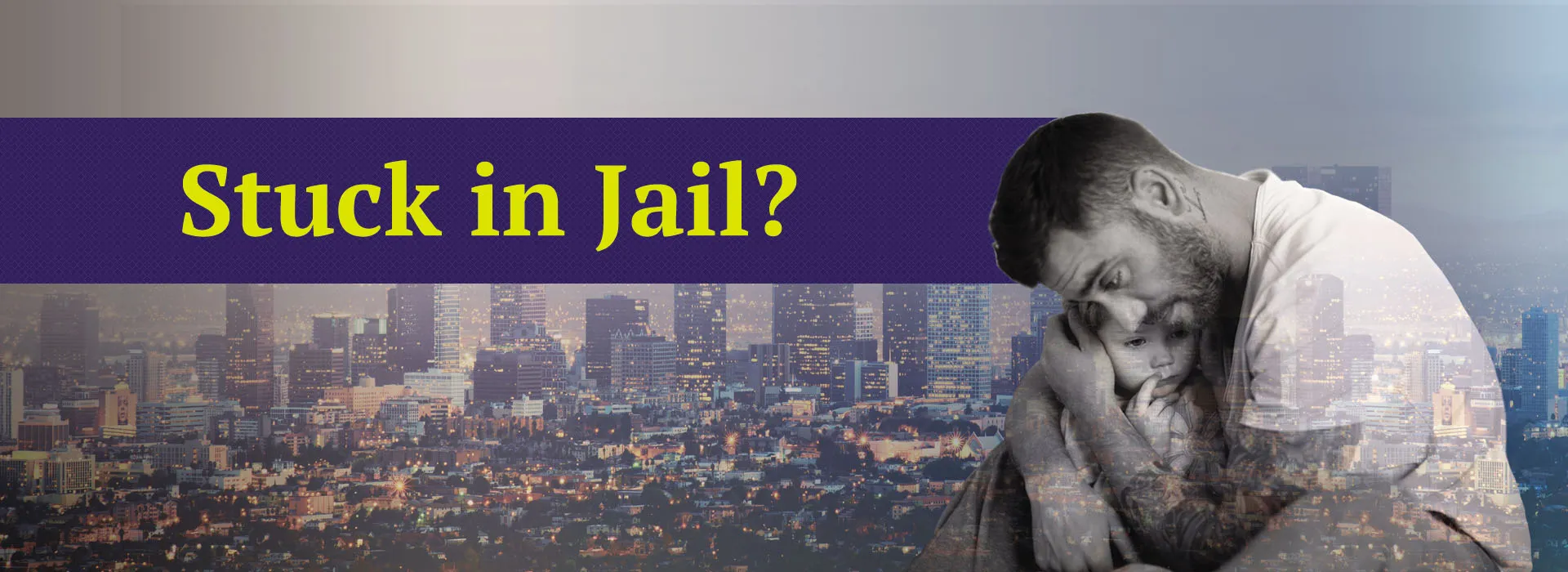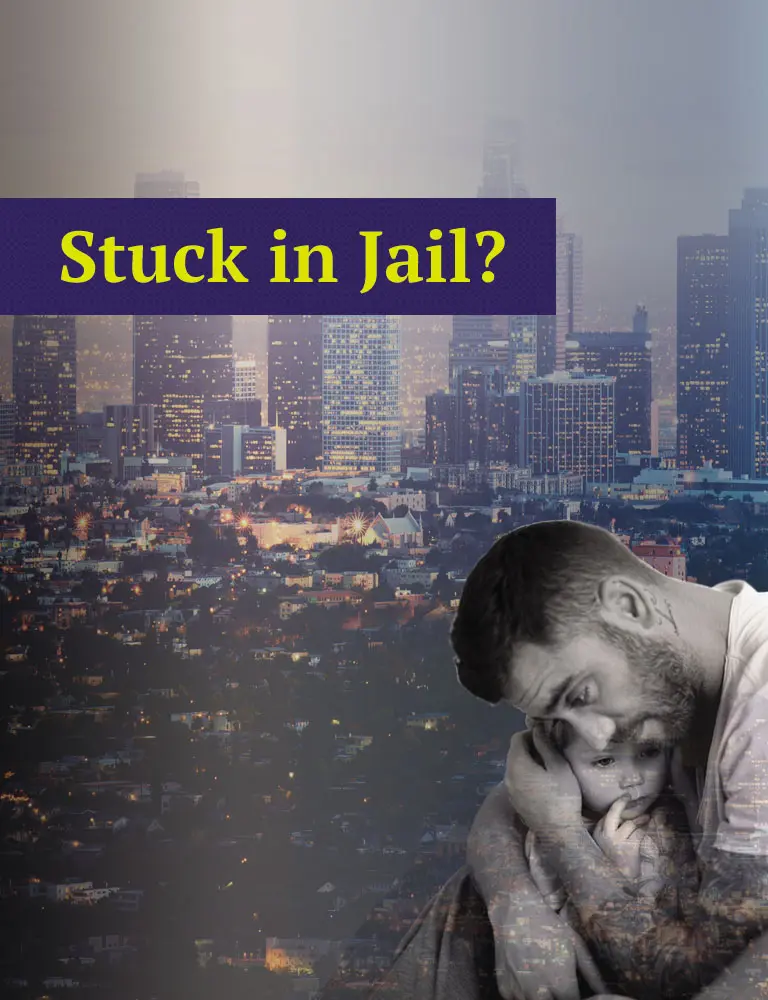Receiving a call from jail can be one of the more stressful situations. When your loved one is taken into custody, you need speed, clarity, and a qualified bail bondsman to help secure their release quickly. A bail bond ensures that a person can remain out of custody while their court proceedings are pending. It serves as a financial guarantee to the court that the defendant will appear at all required hearings.
Do not let the legal system keep your family apart longer than necessary. Rely on experienced bail bond professionals for reliable, 24/7 expert assistance when you need clear answers and action. Contact Mr. Nice Guy Bail Bonds now for a confidential consultation and get your loved one released today through our Ontario bail bond services.
Judicial Discretion and the Bail Schedule
In the first few hours after an arrest, the bail set for violent or serious felonies usually carries the highest bail amounts.
Most crimes are defined by the county’s bail schedule, a master list that assigns a presumptive amount to each charge. In San Bernardino County, a defendant arrested over the weekend can gain release by posting the amount specified in the local bail schedule.
The initial bail amount is based on the bail schedule, but the prosecution and the defense may present arguments for adjustment at the arraignment. At the arraignment, a judge can set a higher bail amount than the one on the bail schedule, a lower amount, or no bail. The judge may also release the defendant on their Own Recognizance where appropriate.
According to the California Supreme Court’s In re Humphrey decision, a court cannot hold defendants in jail merely because they cannot afford bail. A judge setting bail must consider the ability of the defendant to pay.
Key Factors Considered in Setting Bail
When using his/her judicial discretion, the state law directs the judge to consider several factors to examine the flight risk and the danger to the community. The issues the judges consider include:
-
The seriousness of the alleged crime — This is the most critical factor, with violent or serious felonies usually carrying the highest bail amounts
-
Defendant’s criminal history — This includes any past convictions and, most importantly, whether the defendant has a history of not attending past court dates (a strong indicator of a flight risk).
-
Ties to the community — The defendant has strong and verifiable ties that suggest he/she is less likely to flee from arrest. This includes:
-
Family in the area
-
Steady employment
-
Long-term residency in the county
-
The overarching purpose will be whether or not the defendant is a flight risk or a danger to the community. Bail may be denied only in very limited circumstances. For example, a capital offense, like murder, or in the case of a felony, in which violence or great bodily harm has been caused. If the court, by way of clear and convincing evidence, finds that no condition or combination of conditions or release will reasonably ensure the public's safety.
Own Recognizance (O.R.) Release
When a defendant is released on their own recognizance (O.R.), the court allows them to go free without posting bail. Instead, they simply sign a promise to appear for all court dates in the future. Unlike traditional bail, no cash or collateral is required.
The decision to grant O.R. release is entirely at the judge’s discretion. O.R. release is usually granted to low flight risk and non-threatening candidates. In a hearing, usually a “Humphrey Hearing”, a judge will consider factors like:
-
Severity of the offenses — Usually granted for misdemeanors or non-violent felonies
-
Ties to the community — Stable employment, long-term residence, and strong family ties to the community
-
Criminal history — No history of arrests and no failures to appear in the past
If the defendant is granted O.R., they will not have to pay for a bail bond. However, the defendant may have to follow other conditions if they are on bail. Not going to court or violating any condition of the O.R. If released, the defendant will have a warrant for their immediate arrest and new charges.
Bail Bond Cost
A key part of the bail process is knowing which refundable costs. This important information offers clarity to the general public who works with Ontario bail bondsmen.
The premium you pay a licensed bail bondsman, usually ten percent (10%) of the total bail, is not refundable. This charge is the compensation that the bail bondsman earned for ensuring the full bail amount with the court. Regardless of whether the charges are dropped, the defendant is found not guilty, or all court appearances are made, it is never returned to you.
Any assets or money pledged to the bail bondsman as security will be held as collateral. The person who posted collateral receives his/her collateral back in full when the defendant’s case is resolved, and the court “exonerates” the bond. The defendant must have made all required court appearances and complied with all conditions of release to succeed. The return process typically begins soon after the Ontario bail bondsmen receive the official notice of exoneration from the court.
Why You Should Consider Ontario Bail Bonds Over Cash Bail and Property Bonds
Bail bonds are often more practical than cash bail or property bonds because most individuals cannot afford to pay a full bail amount upfront.
A defendant can secure the bail bond for a premium that cannot be refunded. The amount you usually pay is 10% of the bail. This is crucial because:
-
Cash bail locks up funds — When a defendant or their family pays cash bail, they must lock up 100% of the bail amount with the court. This large amount of money is out of reach for months or even years until the case ends. Using a bail bond ensures that the family's financial resources remain liquid for necessary expenses and, more importantly, for hiring a defense attorney.
-
Property bonds are slow and risky — A property bond is when a lien is placed on property. The legal process takes time and involves appraisals and paperwork, which takes weeks, keeping the defendant longer in custody. Even more importantly, if the defendant ever misses a court date, a significant long-term asset, like the family home, is at risk of foreclosure.
-
Professional guidance — Using Ontario bail bonds for release, for professional help in the complicated system, would mean less chance for anything to go wrong in that other situation. Your paperwork gets handled appropriately, and they will remind you of everything you need to be present at the court.
A bail bond allows you to release a defendant at the lowest cost without disturbing significant assets, paying only a small fraction of the cost.
Jail and court Information
West Valley Detention Center (WVDC)
9500 Etiwanda Ave
Rancho Cucamonga, CA 91739
Rancho Cucamonga Courthouse
8303 Haven Avenue
Rancho Cucamonga, CA 91730
Find an Ontario Bail Bondsman Near Me
The bail bond system is an important financial solution that turns a difficult situation, like the high and unanticipated bail, into a 10% fee. Opting for a bail bond instead of a cash bail or property bail protects your liquid assets and safeguards your money for other essentials and your defense. It is the quickest, most practical way to get a loved one out of jail and start preparing their case from a position of freedom.
If you or a family member needs prompt release in Ontario, CA, contact Mr. Nice Guy Bail Bonds today at 844-400-2245 for reliable service, an essential first step toward regaining freedom.


